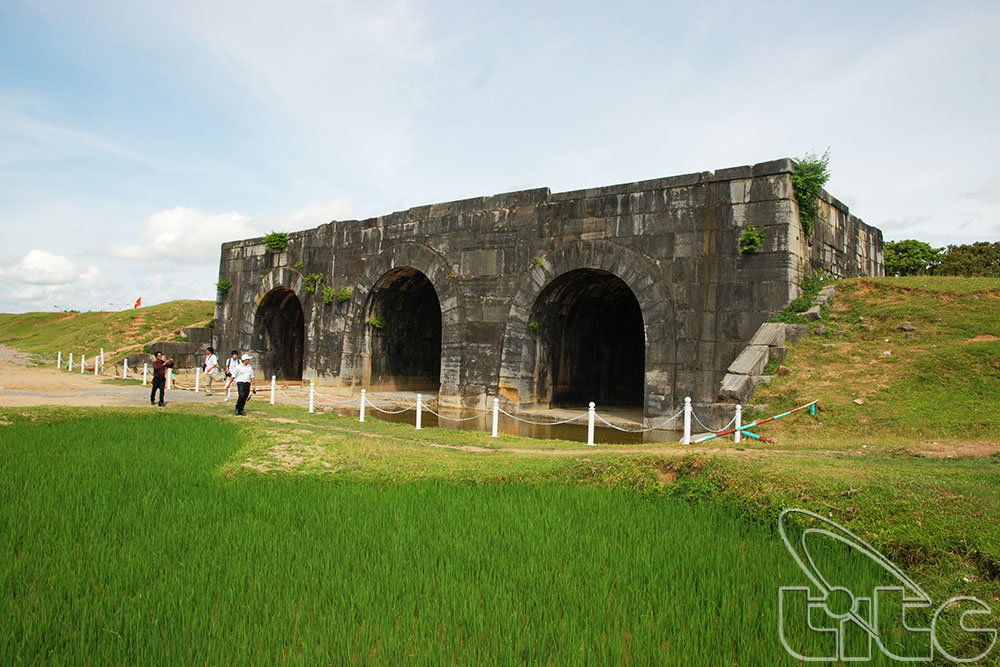Recently, the CNN informed list of 21 Planet’s Greatest World Heritage Sites, which Ho Dynasty Citadel was on the first position.

According to the CNN, the citadel to most recently acquire UNESCO's seal of approval (in 2011) is the almost unknown Ho Citadel, situated in a remote backwater of Thanh Hoa Province, around 150 kilometers south of Ha Noi.
Since 1993, eight Vietnamese locations - including three citadels - have been designated as World Heritage Sites by UNESCO, with another seven awaiting formal classification.
Many of these sites are of great natural or historical significance, such as Ha Long Bay and the complex of monuments in Hue. The choice of the Ho Citadel for such a prestigious honor is strange for a couple of reasons.
Following is some heritages: Rapa Nui (Chile), Valletta(Mata), Yellowstone National Park(United State), Bagan (Myanmar), Goreme & Cappadocia National Park (Turkey), Angkor ( Cambidia), Acropolis ( Greece), Petra (Jordan), Galapagos island (Ecuador)…
According the CNN, the choice of the Ho Citadel for such a prestigious honor is strange for a couple of reasons.
Firstly, the Ho Dynasty lasted just seven years (1400-1407), a mere drop in the ocean of Viet Nam's turbulent history. Secondly, the citadel is empty. That's right - no palaces, no temples, no monuments - just four walls surrounding nothing but farmland. However, according to UNESCO, the citadel represents "an outstanding example of a new style of Southeast Asian imperial city".
The Citadel of Ho Dynasty are the remains of a late 14th century castle constructed from stone blocks. It was constructed by the Hồ Dynasty from 1397 on. It is a symbol of neo-Confucianism.
This site is in two parts, one each side of Vinh Loc village in the province of Thanh Hoa. The Citadel is almost a kilometer square surrounded by earth and masonry walls. In the centre of each side are masonry arched gateways. The area within the walls is now rice padi.